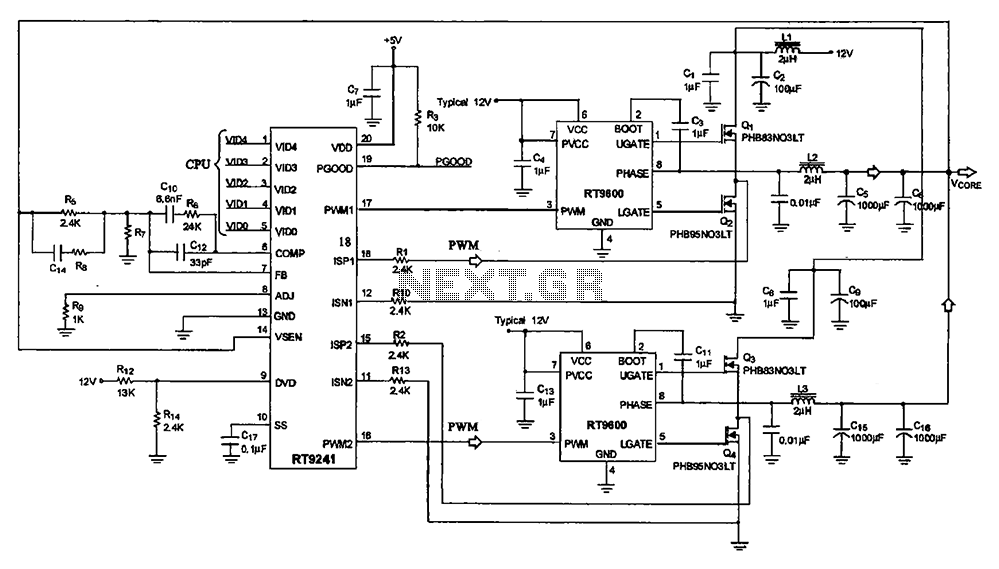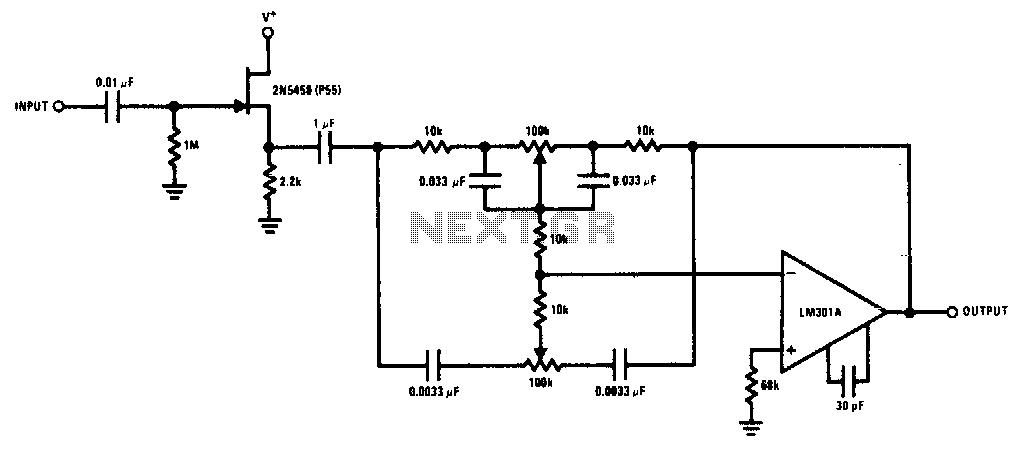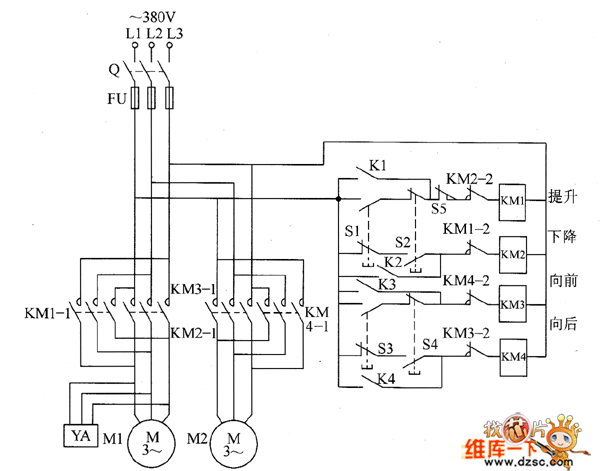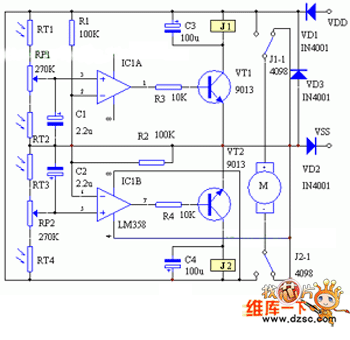
Audible Flasher Warning circuit
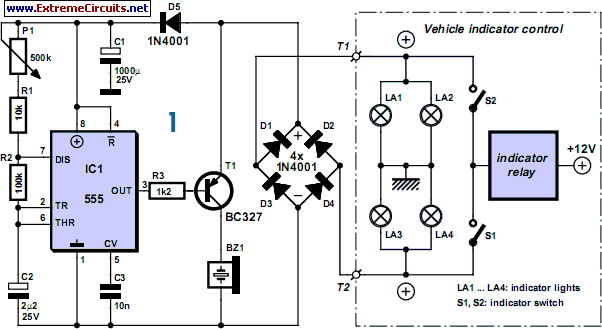
For bikers or scooter riders, it is common to forget to cancel flashing indicators after making a turn, especially without an audible reminder. Continuously checking indicator lamps is impractical, as attention should remain focused on the road. The circuit presented here offers an audible reminder that activates after a preset duration, ensuring it does not beep immediately upon activating the flashers, but only when the indicators have been on longer than usual. The circuit is powered through the flasher relay.
The described circuit provides an effective solution to the problem of forgetting to cancel turn indicators on motorcycles and scooters. It incorporates a timer mechanism that monitors the duration for which the indicators are active. The circuit is designed to connect to the existing flasher relay of the vehicle, allowing it to utilize the power supply from the relay itself.
When the rider activates the turn signal, the circuit remains inactive for a predetermined time, which is typically set to a duration that is considered normal for making a turn. If the indicators remain on beyond this threshold, the timer triggers an audible alert, such as a beep or chime, to remind the rider to turn off the indicators. This feature not only enhances safety by keeping the rider's focus on the road but also minimizes the risk of annoying alerts during regular use.
The circuit may utilize a simple combination of components, including a timer IC (such as the 555 timer), resistors, capacitors, and a small speaker or buzzer. The timer IC is configured in a monostable mode, where it generates a pulse after the set time elapses. The resistors and capacitors determine the timing interval, which can be adjusted based on the rider's preference.
In summary, this circuit serves as a practical enhancement for motorcycle and scooter riders, promoting safer riding practices by providing a timely auditory reminder to cancel turn signals, thereby reducing distractions and potential hazards on the road.If you re a biker or scooter rider you ll know how easy it is to forget to cancel your flashing indicators after turning without an audible reminder. Constantly glancing at indicator lamps is hardly an option; your eyes should be on the road ahead! The simple circuit shown here provides an audible reminder. The clever bit is the way it doesn t annoy you by beeping the instant you activate the flashers but only after a preset time, in other words when your indicators are active longer than normal.
Supply to the circuit is through the flasher relay.. 🔗 External reference
The described circuit provides an effective solution to the problem of forgetting to cancel turn indicators on motorcycles and scooters. It incorporates a timer mechanism that monitors the duration for which the indicators are active. The circuit is designed to connect to the existing flasher relay of the vehicle, allowing it to utilize the power supply from the relay itself.
When the rider activates the turn signal, the circuit remains inactive for a predetermined time, which is typically set to a duration that is considered normal for making a turn. If the indicators remain on beyond this threshold, the timer triggers an audible alert, such as a beep or chime, to remind the rider to turn off the indicators. This feature not only enhances safety by keeping the rider's focus on the road but also minimizes the risk of annoying alerts during regular use.
The circuit may utilize a simple combination of components, including a timer IC (such as the 555 timer), resistors, capacitors, and a small speaker or buzzer. The timer IC is configured in a monostable mode, where it generates a pulse after the set time elapses. The resistors and capacitors determine the timing interval, which can be adjusted based on the rider's preference.
In summary, this circuit serves as a practical enhancement for motorcycle and scooter riders, promoting safer riding practices by providing a timely auditory reminder to cancel turn signals, thereby reducing distractions and potential hazards on the road.If you re a biker or scooter rider you ll know how easy it is to forget to cancel your flashing indicators after turning without an audible reminder. Constantly glancing at indicator lamps is hardly an option; your eyes should be on the road ahead! The simple circuit shown here provides an audible reminder. The clever bit is the way it doesn t annoy you by beeping the instant you activate the flashers but only after a preset time, in other words when your indicators are active longer than normal.
Supply to the circuit is through the flasher relay.. 🔗 External reference
